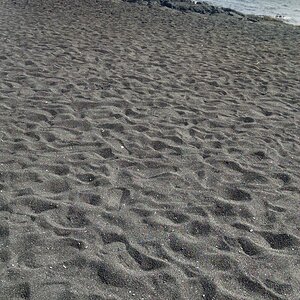rdbaibo
TPF Noob!
- Joined
- Apr 24, 2014
- Messages
- 2
- Reaction score
- 0
- Can others edit my Photos
- Photos NOT OK to edit
Hi, im so happy to join this forum. Im an amateur photographer and I'm specializing in kids and family photography. Most of my photo sessions are outdoors in parks or seaside. I like shooting without flash in sunlight,but sometimes you have to use the flash to give some additional taste to the photos.Nevertheless,the on camera speed light is sometimes harsh and very strong.I want to get a softbox for it or a diffuser, do u recommend that? and which is better a softbox or a diffuser for the on camera speed light? another question, is the use of speedlight in sunshine always an addition? or sometimes it is totally not needed? or it goes back to the photographer's taste? I think there's no right and wrong in photography!!! waiting your replies...thank you




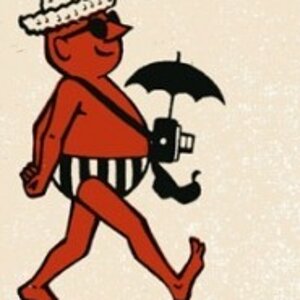
![[No title]](/data/xfmg/thumbnail/34/34138-0ecadfd41de9ae178e53528e0eb1a32c.jpg?1619736310)
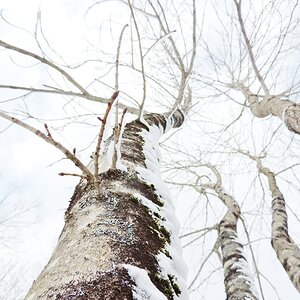
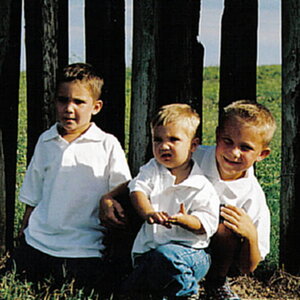
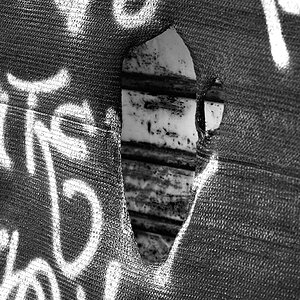

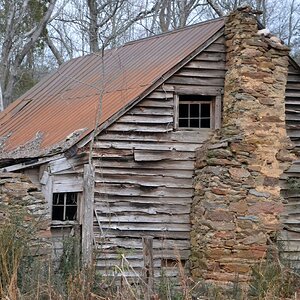
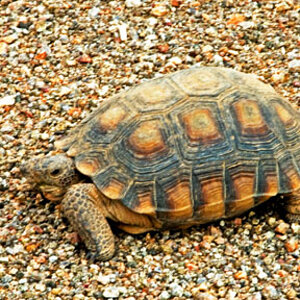
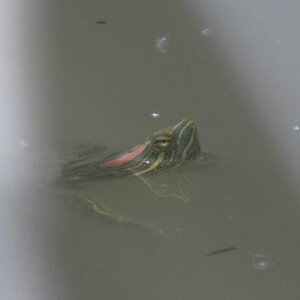
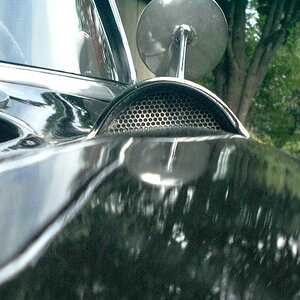
![[No title]](/data/xfmg/thumbnail/34/34083-76406a409bc520ead3cc11af09ebd257.jpg?1619736269)
